-
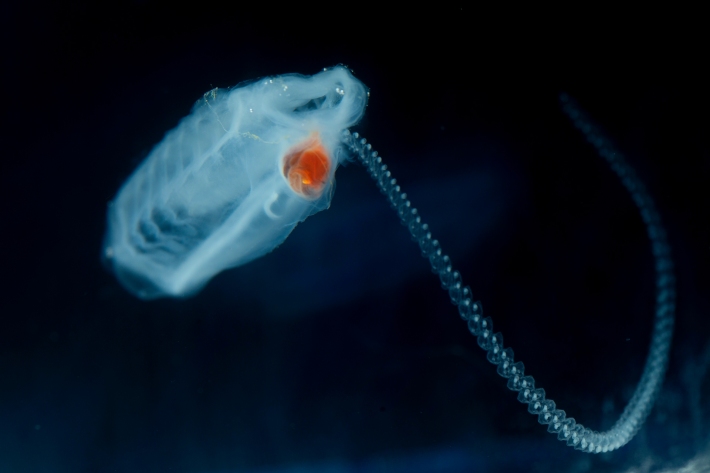
Voyage Update 2: Salp Cycle 1 is going well…
30 October 2018. By Voyage Leader Dr Moira Decima. -
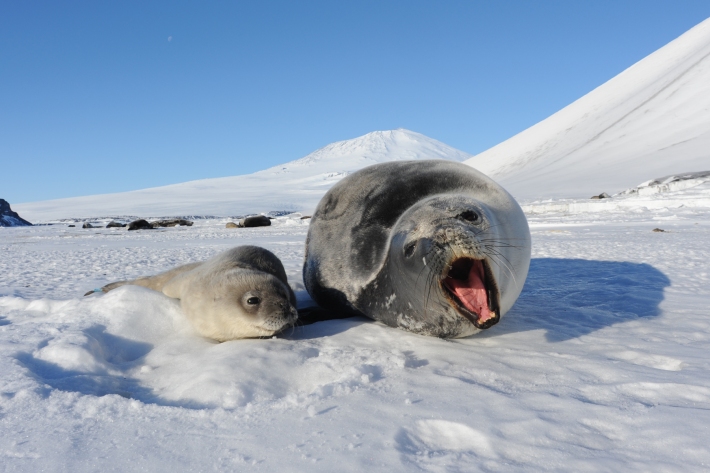
Scientists studying Weddell seal behaviour in Antarctica
Media release29 October 2018Scientists will be trying to understand how Antarctic-based Weddell seals see the world when they head to the ice next week. -
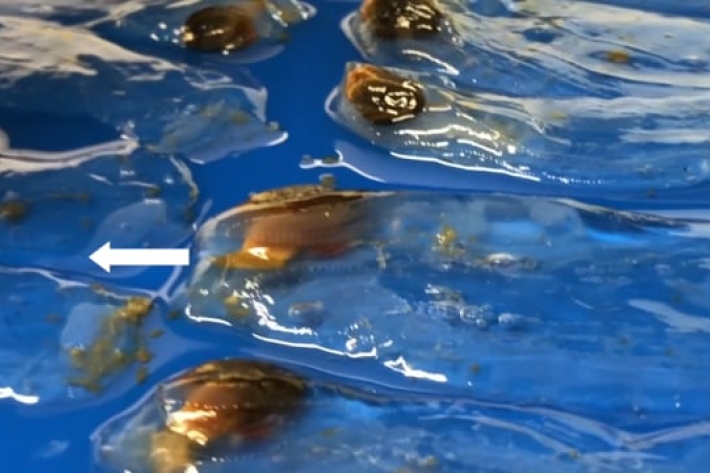
NIWA Blake Ambassadors Vlog 1: Sampling salps 24/7
Sampling salps from different depths -
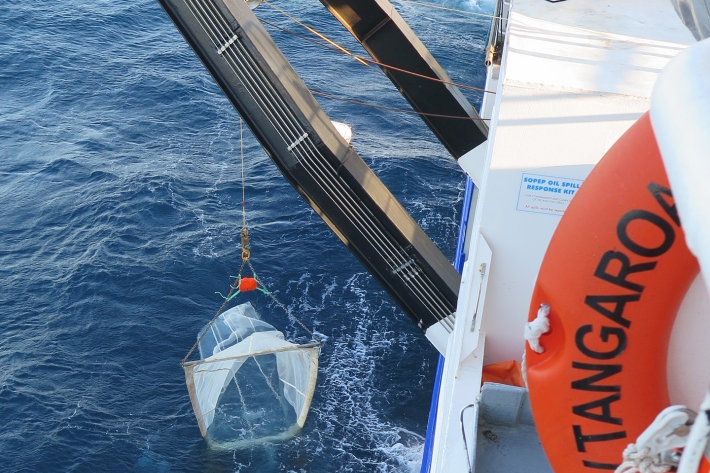
Voyage Update: Cycle 1 begins!
25 October 2018. By Voyage Leader Dr Moira Decima. -
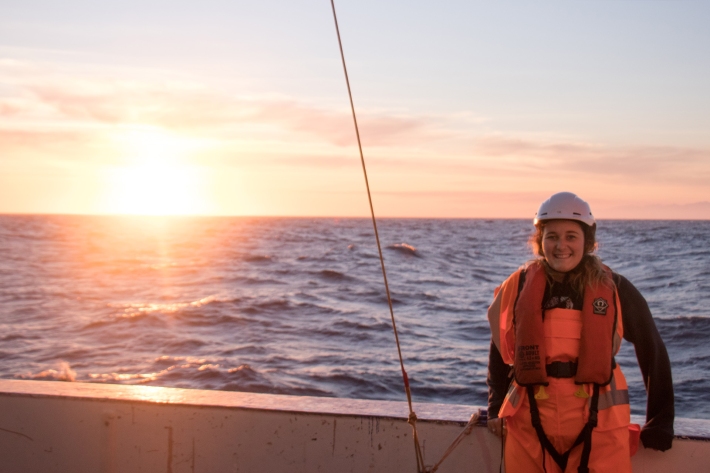
NIWA/Blake Ambassadors Blog 1
24 October 2018: NIWA Blake Ambassadors Lana Young and Siobhan O'Connor report back -

The Year of the Salps project
Students at Leigh School have been working with marine scientists and the 'Year of the Salps' project partners to learn how to count sea salps, understand salp life cycle phases and the importance of salps in marine ecosystems and their carbon-cycling effects on climate change. -

TAN1810 Voyage partners, collaborators and funders
Who is involved in the TAN1810 SalPOOP voyage? -

Treasure found on Northland beach
Media release19 October 2018A chance find by a woman walking on a Northland beach is now helping scientists learn more about mako sharks. -
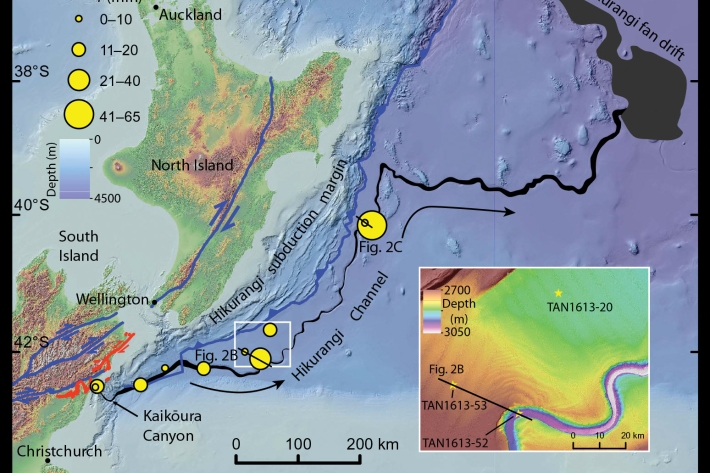
Kaikōura earthquake provides world-first insight into submarine canyons
Feature story17 October 2018Research conducted after the 2016, 7.8 magnitude Kaikōura earthquake has provided scientists with an extremely rare opportunity to understand the processes that shape submarine canyons. -

Shark survival tale
Feature story15 October 2018As part of a Pacific-wide study, NIWA is measuring the survival rate of sharks returned to the sea by commercial tuna fishers. -

Handwritten files provide sediment treasure chest
Media release02 October 2018A NIWA scientist who spent years poring over handwritten scientific notes stored in about 50 large wooden drawers, has seen the fruits of her labour now being used in ways she never imagined. -
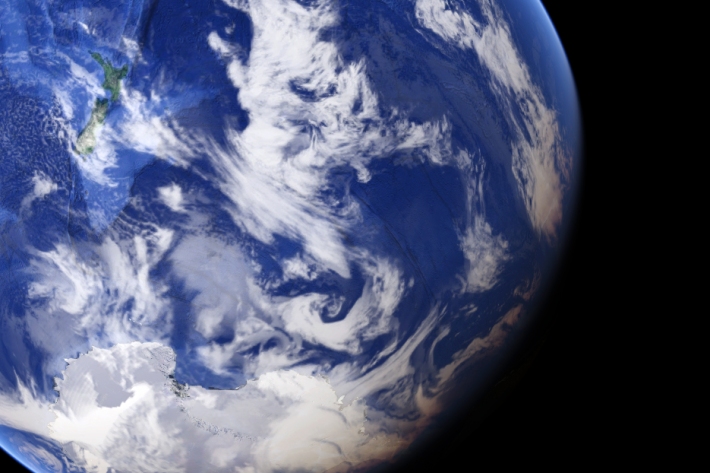
Busy season for NIWA scientists in Antarctica
Media release24 September 2018The new science season at Antarctica is just a few days away from opening and NIWA researchers are busy packing containers and shipping them to the ice where they will be reunited with them in the coming months.
